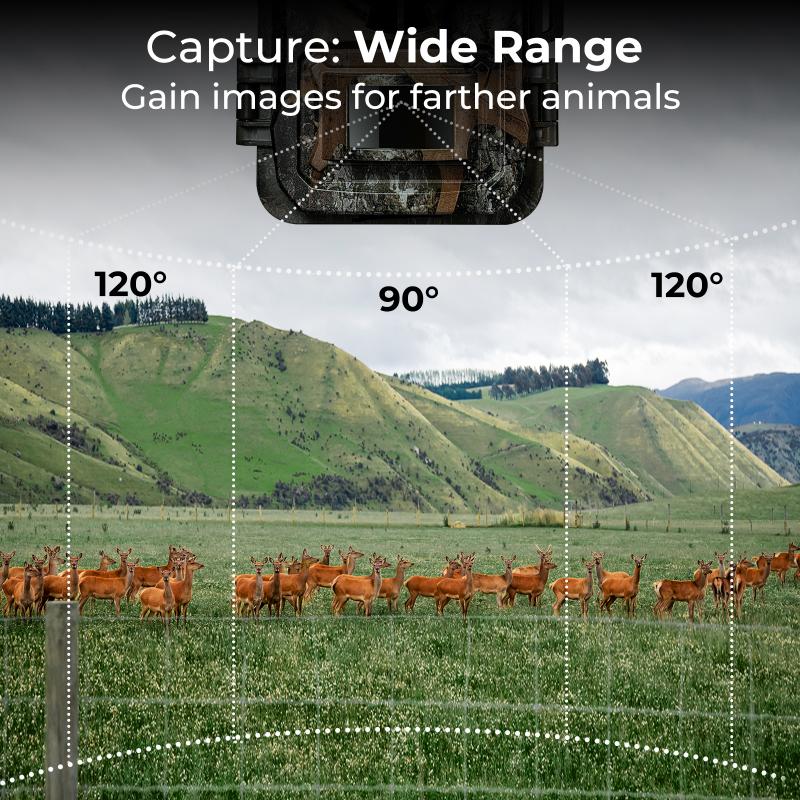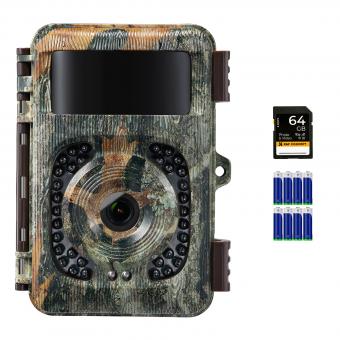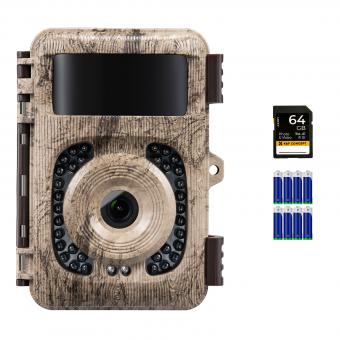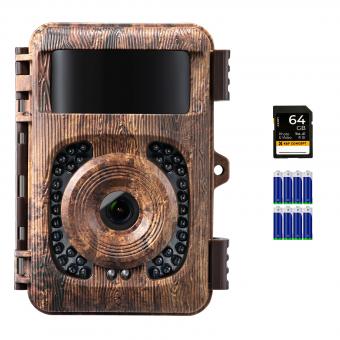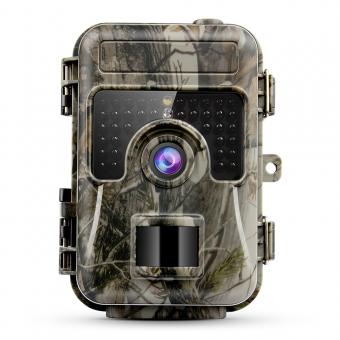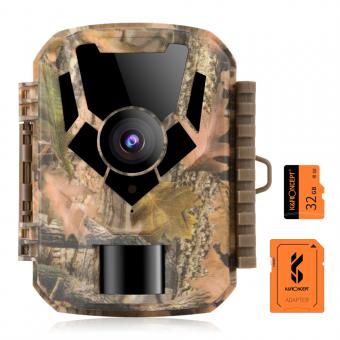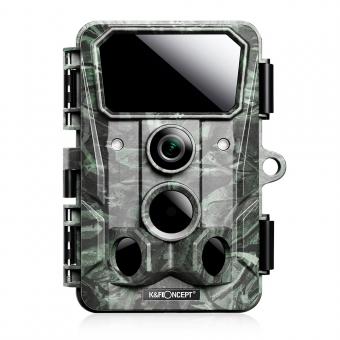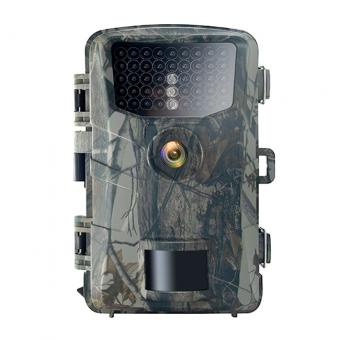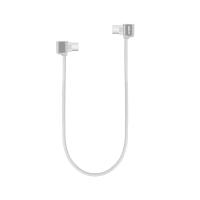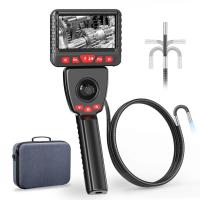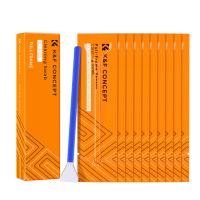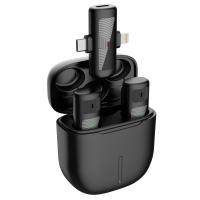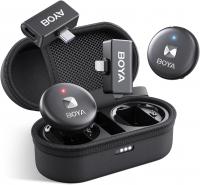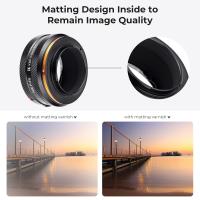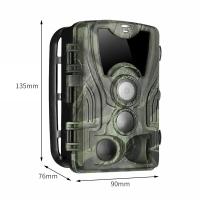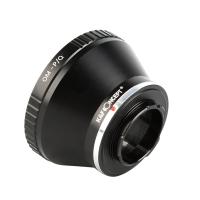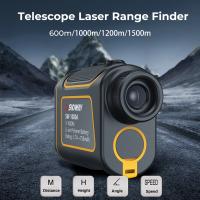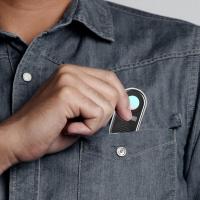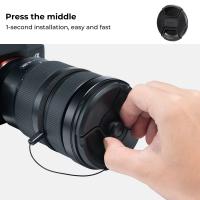How Long Does A Wildlife Night Camera Last ?
The lifespan of a wildlife night camera can vary depending on several factors. Generally, these cameras are designed to be durable and withstand outdoor conditions. The battery life of a wildlife night camera can range from a few weeks to several months, depending on usage and the quality of the camera. Some cameras have power-saving features that can extend battery life. Additionally, the storage capacity of the camera's memory card will determine how long it can record before needing to be replaced or emptied. It is important to consider the camera's specifications and features when determining its expected lifespan.
1、 Battery Life: Duration of wildlife night camera operation on a single charge.
Battery life is a crucial factor to consider when using a wildlife night camera. The duration of operation on a single charge can vary depending on several factors, including the camera model, battery capacity, and usage patterns.
In general, wildlife night cameras are designed to conserve power and extend battery life. They often utilize motion sensors to activate the camera only when there is movement in the frame, minimizing unnecessary power consumption. This feature helps to prolong the battery life significantly.
The battery life of wildlife night cameras can range from a few days to several months. Entry-level models typically offer a battery life of around 1-2 weeks, while more advanced cameras can last up to 6 months or even longer. However, it's important to note that these estimates are based on average usage and may vary depending on the specific camera settings and environmental conditions.
Advancements in technology have led to the development of more efficient wildlife night cameras with longer battery life. Some cameras now come with rechargeable lithium-ion batteries, which offer extended usage time and can be easily recharged using a power source or solar panel. Additionally, low-power consumption components and energy-saving features have been incorporated into newer camera models to further enhance battery life.
To maximize battery life, it is recommended to use high-quality batteries and ensure that the camera is placed in an area with optimal lighting conditions. Extreme temperatures can also affect battery performance, so it's important to consider the operating temperature range specified by the manufacturer.
In conclusion, the battery life of a wildlife night camera can vary depending on various factors. It is advisable to carefully review the specifications provided by the manufacturer to determine the expected duration of operation on a single charge.
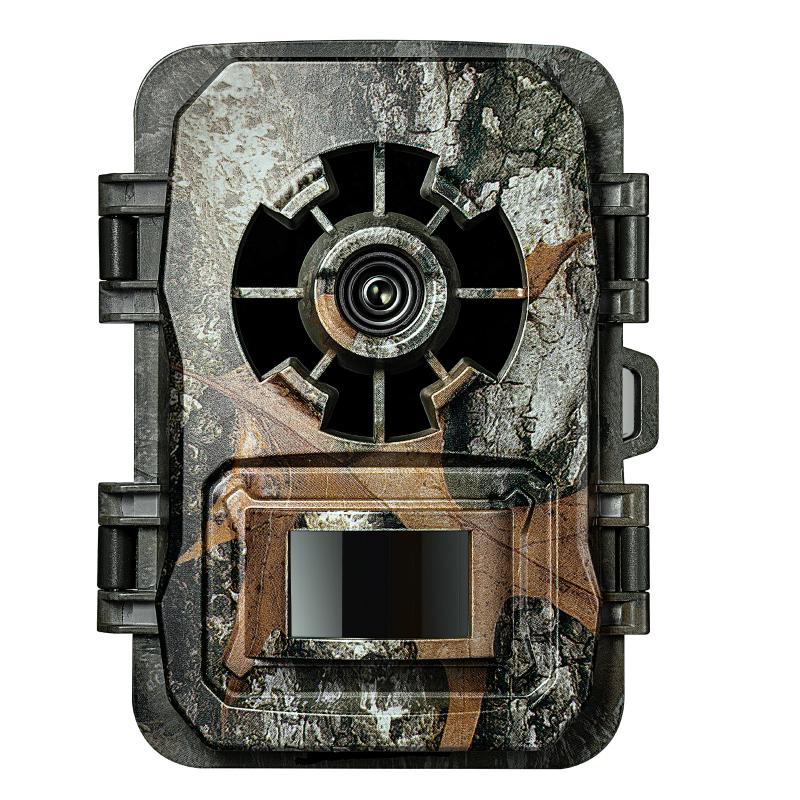
2、 Memory Capacity: Amount of data a wildlife night camera can store.
The lifespan of a wildlife night camera can vary depending on several factors. One of the key factors is the battery life of the camera. Most wildlife night cameras are equipped with batteries that can last anywhere from a few weeks to several months. However, this can also depend on the frequency of use and the quality of the batteries used. Some cameras also have the option of using external power sources such as solar panels or rechargeable batteries, which can extend the lifespan of the camera.
Another important factor to consider is the memory capacity of the camera. The memory capacity determines the amount of data that the camera can store. This can range from a few hundred megabytes to several terabytes, depending on the model and specifications of the camera. The memory capacity is crucial as it determines how long the camera can record before it needs to be emptied or the memory card needs to be replaced.
It is worth noting that advancements in technology have led to the development of wildlife night cameras with larger memory capacities and longer battery lives. Manufacturers are constantly improving their products to meet the demands of wildlife enthusiasts and researchers. Additionally, some cameras now offer features such as motion sensors and wireless connectivity, which can help conserve battery life and optimize memory usage.
In conclusion, the lifespan of a wildlife night camera depends on factors such as battery life and memory capacity. With advancements in technology, cameras are becoming more efficient and capable of storing larger amounts of data. It is always recommended to choose a camera with a sufficient battery life and memory capacity to meet your specific needs and requirements.
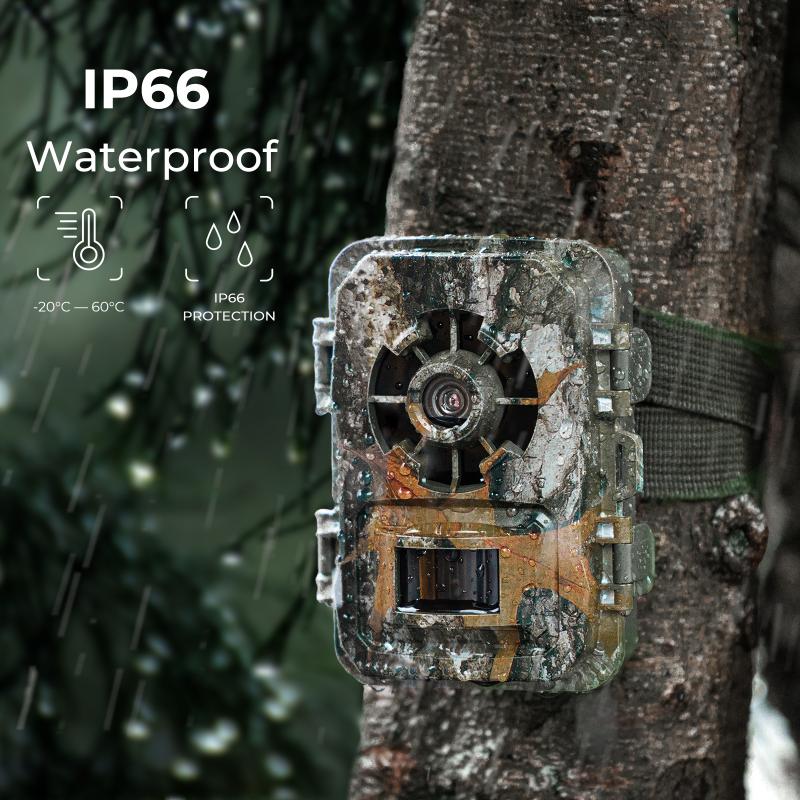
3、 Infrared Range: Maximum distance at which the camera can capture clear night images.
The lifespan of a wildlife night camera can vary depending on several factors such as the quality of the camera, the battery life, and the frequency of use. Generally, wildlife night cameras are designed to be durable and weather-resistant, allowing them to withstand harsh outdoor conditions. However, it is important to note that the lifespan of the camera itself may differ from the lifespan of its components, such as the battery or the infrared sensors.
Regarding the infrared range, this refers to the maximum distance at which the camera can capture clear night images using infrared technology. Infrared technology is commonly used in wildlife cameras to capture images in low-light or nighttime conditions. The range can vary depending on the specific model and brand of the camera. Some cameras may have an infrared range of up to 100 feet, while others may have a range of 50 feet or less. It is important to consider the desired range when choosing a wildlife night camera, as it will determine the camera's effectiveness in capturing images of wildlife during nighttime hours.
It is worth mentioning that advancements in technology have led to improvements in the lifespan and performance of wildlife night cameras. Manufacturers are constantly working to enhance battery life, image quality, and overall durability. Therefore, it is recommended to research and choose a reputable brand that offers the latest features and advancements in wildlife night camera technology.
In conclusion, the lifespan of a wildlife night camera can vary depending on various factors. As for the infrared range, it is essential to consider the specific model and brand of the camera to determine the maximum distance at which it can capture clear night images. It is advisable to choose a wildlife night camera from a reputable brand that offers the latest advancements in technology to ensure optimal performance and longevity.
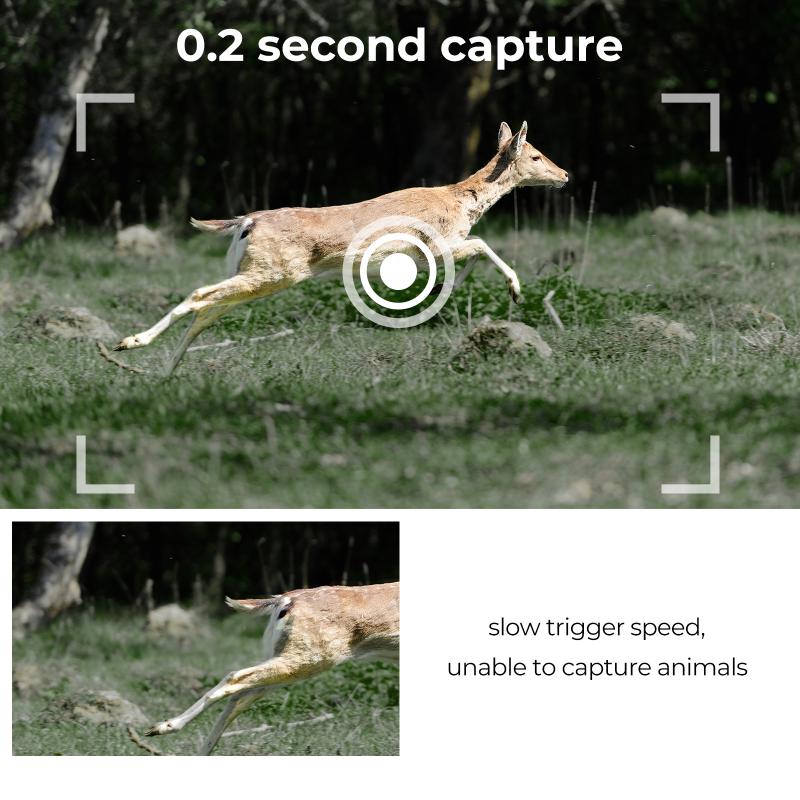
4、 Durability: Resilience of the camera to withstand outdoor conditions.
Durability: Resilience of the camera to withstand outdoor conditions.
When it comes to wildlife night cameras, durability is a crucial factor to consider. These cameras are designed to be used in outdoor environments, often in remote and harsh conditions. Therefore, their ability to withstand various weather conditions, such as rain, snow, extreme temperatures, and even potential animal encounters, is of utmost importance.
The lifespan of a wildlife night camera can vary depending on several factors, including the quality of the camera, the brand, and how well it is maintained. Generally, a high-quality wildlife night camera can last anywhere from several months to several years.
One of the key aspects of durability is the camera's construction and materials used. Many wildlife night cameras are built with rugged and weather-resistant casings, which protect the internal components from moisture, dust, and impacts. These cameras often have an IP rating, indicating their level of protection against water and dust ingress. Higher IP ratings, such as IP65 or IP66, provide better protection against harsh weather conditions.
Another factor that affects the durability of a wildlife night camera is the battery life. Most cameras are powered by batteries, and their lifespan can vary depending on the camera's power consumption and the type of batteries used. Some cameras have advanced power-saving features, such as motion sensors or timers, which help extend the battery life. Additionally, some cameras offer the option to use external power sources, such as solar panels or external battery packs, which can significantly prolong the camera's lifespan.
It is important to note that the durability of a wildlife night camera can also be influenced by the user's maintenance practices. Regularly cleaning the camera, checking for any signs of damage, and ensuring proper storage when not in use can help prolong its lifespan.
In conclusion, the durability of a wildlife night camera is crucial for its longevity and performance in outdoor conditions. A high-quality camera with a rugged construction, weather-resistant casing, and good battery life can last anywhere from several months to several years. However, proper maintenance and care by the user are also essential to ensure the camera's durability and maximize its lifespan.
